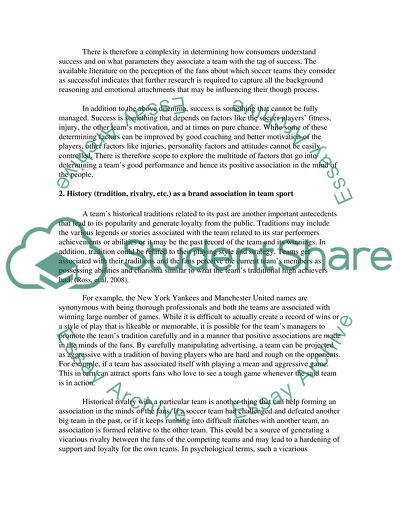Cite this document
(Brand Associations in Team Sport Research Paper, n.d.)
Brand Associations in Team Sport Research Paper. Retrieved from https://studentshare.org/marketing/1717410-review
Brand Associations in Team Sport Research Paper. Retrieved from https://studentshare.org/marketing/1717410-review
(Brand Associations in Team Sport Research Paper)
Brand Associations in Team Sport Research Paper. https://studentshare.org/marketing/1717410-review.
Brand Associations in Team Sport Research Paper. https://studentshare.org/marketing/1717410-review.
“Brand Associations in Team Sport Research Paper”, n.d. https://studentshare.org/marketing/1717410-review.


